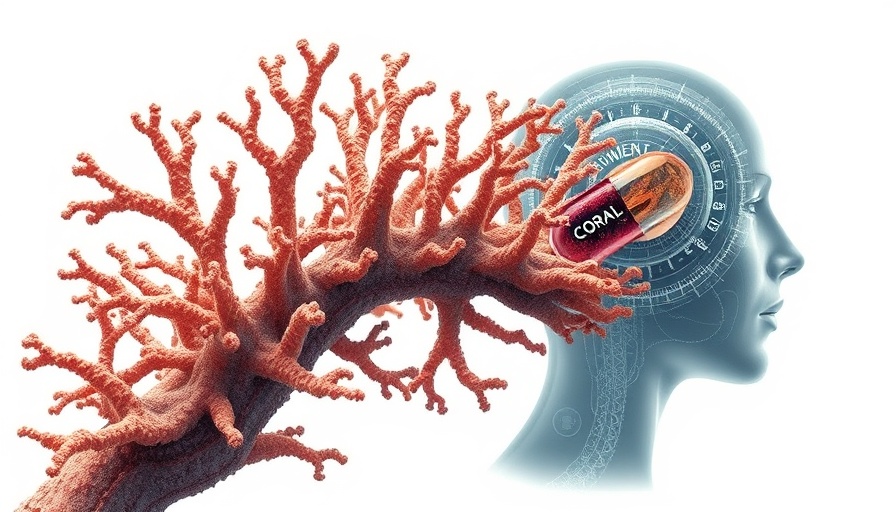
Revolutionizing Mobility: The Promise of Implantable Brain-Computer Interfaces
Recent advances in implantable brain-computer interfaces (iBCIs) signal a transformative change for individuals experiencing motor impairments. As highlighted in a comprehensive review published in Advanced Science, these innovative devices have the potential to not only restore lost functions but also enhance the quality of life for those affected by conditions like paralysis or loss of limb function.
Decoding the Brain: Insights into iBCI Technology
The systematic review identified a remarkable trend in the growing body of research surrounding iBCIs, with 112 studies recorded; nearly half of them published since 2020. It reveals how iBCIs function by decoding brain signals and translating them into commands for external devices, including robotic prosthetic limbs and even common digital technologies. This study emphasizes the increasing global participation, with significant numbers of trials emerging from the United States, Europe, China, and Australia.
Challenges Ahead: Assessing Clinical Effectiveness
While the potential of iBCIs is undeniably promising, the challenges to validating their effectiveness remain substantial. The review, co-authored by top researchers including Esmee Dohle and Jamie Brannigan, noted that only 17.9% of the studies focused on assessing clinical outcomes rather than merely device performance. This variability can lead to mixed results, illustrating the need for standardized measures in evaluating the true impact of these technologies on patients' lives.
A Global Registry: Tracking Progress in iBCI Research
A key takeaway from the review is the introduction of the first global registry for iBCI trial participants, crafted to track who has been implanted, where, and with what devices. This initiative is a significant step toward enhancing collaborative efforts within the medical community, aiming to streamline research approaches and minimize redundancy. Through community feedback on the registry, researchers hope to align future trials more closely with unmet clinical needs.
Looking Ahead: Future Trends and Innovations in iBCI
As we consider the implications of these initial findings, the future of iBCIs appears bright. With ongoing advancements in neurotechnology and increasing interdisciplinary collaborations, the field is likely to witness significant breakthroughs in the next few years. Experts predict that improvements in device miniaturization, biocompatibility, and machine learning algorithms will enhance user experience and efficacy significantly. The focus will increasingly shift towards not just the technical aspects of device performance but also on meaningful clinical outcomes that can truly make a difference in patients' lives.
Human Impact: The Importance of Inclusion in Technology Development
What does this mean for individuals with disabilities? The promise of iBCIs extends beyond medical advancements—it embodies a commitment to inclusivity and improved quality of life. By harnessing technology to bridge the gap created by motor impairments, society moves closer to empowering people with opportunities for greater autonomy. Hence, continuous advocacy and involvement of patients in the research process are crucial to ensuring that developments align with their needs, ultimately driving better outcomes.
Conclusion: The Road Ahead for iBCIs
The road to integrating implantable brain-computer interfaces into mainstream treatment for motor impairments is paved with both challenges and opportunities. As researchers continue to refine these technologies and methodologies, there is an overarching sense of hope that iBCIs will soon transform the lives of many. The call for more comprehensive clinical assessments and the establishment of robust, collaborative frameworks feels more urgent than ever in the quest for effective solutions.
 Add Row
Add Row  Add
Add 




Write A Comment